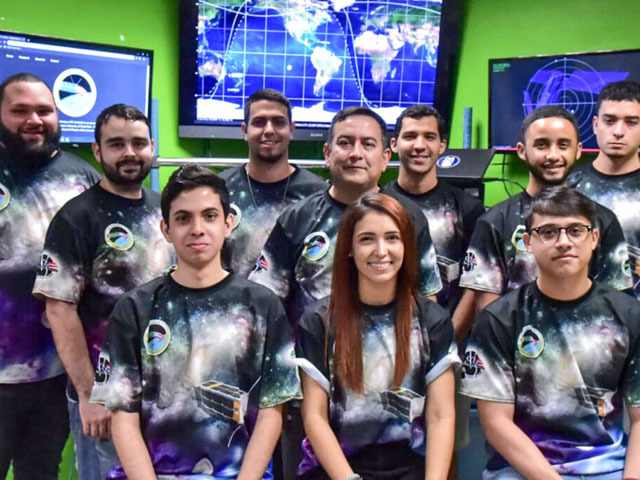Station Science Top News: Oct. 13, 2021
CubeSats recently deployed from the International Space Station include the first built by a Philippine university, as well as a Puerto Rican CubeSat studying particle collisions, which could help scientists better understand the formation of planets.
Many CubeSats have been deployed from the space station over the past two weeks, including the first CubeSats built by a Philippine university, Maya-3 and Maya-4, which were deployed as part of the BIRDS-2S project. They carry color red-green-blue cameras for gathering images of Earth, a relay service for the amateur radio community, a GPS to provide its in-orbit location, and a tool to measure Earth’s magnetic field. This project provides opportunities to students from developing nations in hands-on satellite development and lays the foundation for establishing a sustainable space program in their countries.
The Puerto Rico CubeSat NanoRocks 2 (PRCuNaR2) explores low-energy particle collisions. Video of the particle collisions aboard the satellite can help scientists determine the mass, density, and composition of particles and collision velocities that lead to unique behaviors. Collisions of small objects and aggregates of dust play a role in formation of gaseous masses believed to give rise to planets and planetary ring systems such as Saturn’s.

Group photo of the PRCuNaR2 development team. From top left to right: Hector Gonzalez, Carlos Gibson, Lucas Soto, Amilcar Rincon, Xavier Alvarez, Ian Ortiz and Jesus Marrero. From bottom left to right: Edwardivan Labarca, Natalie Cruz and Carlos Vergara. Image courtesy of Inter-American University of Puerto Rico.
***
Recent results based on data from the space station study TSIS-1 have provided scientists with improved information for the creation of climate models and studies of the Sun.
Space station study TSIS-1 measures total solar irradiance, which describes the entirety of solar energy summed over all wavelengths, and solar spectral irradiance (SSI), a measure of the sun’s energy in individual wavelength bands. The solar irradiance spectrum is used in many applications, such as the creation of climate models. However, some publications have provided evidence that the current solar reference spectra differ by more than their reported uncertainties, leading to inaccurate results. As published in Geophysical Research Letters, by using data collected by TSIS-1, researchers have found a new reference spectrum with a higher accuracy than any previously reported.
***
Data from the first three years of observations from the SAGE III-ISS payload aboard the space station showed excellent overall agreement with the data from other tools, providing verification of the tool and the information it delivers.
The SAGE III-ISS study measures Earth’s ozone, along with other gases and particles in the atmosphere, to provide long-term measurements that help humans understand and care for Earth’s atmosphere. A recent paper evaluated the variability of the SAGE III-ISS water vapor measurements for the first three years of observations. Detailed comparisons of SAGE III-ISS data with Aura Microwave Limb Sounder data show overall excellent agreement, increasing confidence in findings from the experiment. The study of stratospheric water vapor is important for understanding radiative and chemical influences on Earth’s climate system and continues to be a topic of interest for both observations and model simulations.







